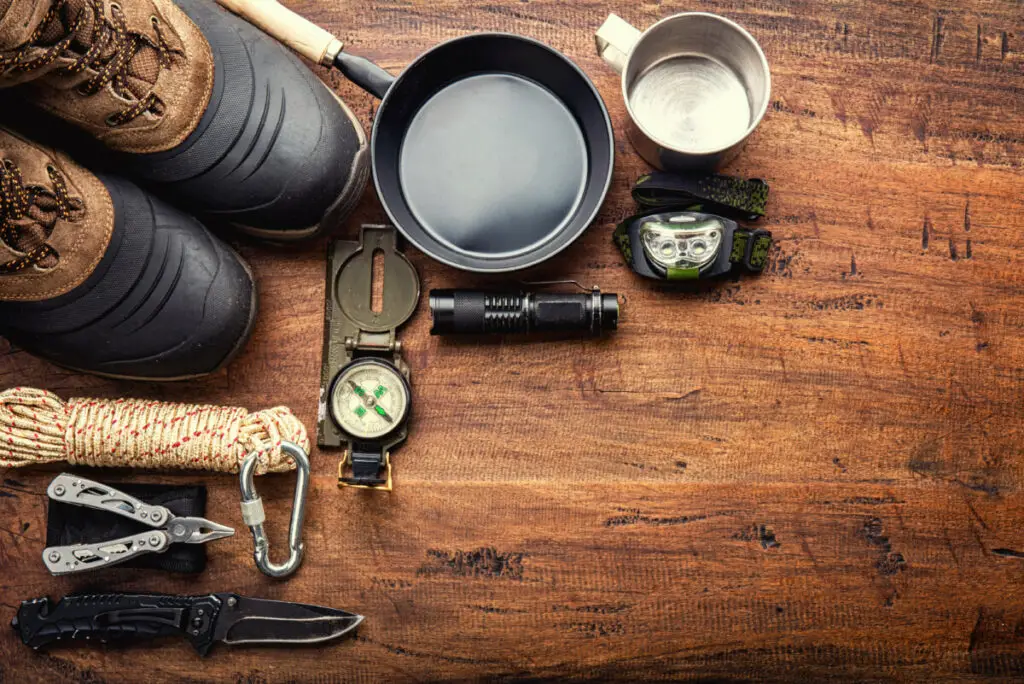
1. First-Aid Kit
One of the most important things that you can have on you when there is an emergency or you are out in the wilderness trying to survive is a first-aid kit. When preparing your first-aid kit, you are going to want to make sure that it has:
- Antiseptic wipes
- Multiple bandages such as:
- Gauze
- Band-Aids
- Eye bandages
- Scissors
- Sunscreen
- Tourniquet
- Burn cream
- Antibiotic cream
- Sting wipes
- Single-use saline
- Sinus and congestion medicine
- 7 days’ worth of personal medication
- Ibuprofen or another painkiller
- Benadryl
By having a first aid kit with all of these materials, you will be able to be prepared for most situations and emergencies that might arise when you are in a survival situation.
A typical rule of thumb is to have medical supplies to patch a wound from the biggest weapon or tool you are bringing with you.
To see a list of really helpful medications to keep in your first aid kit, check out my post here that goes into more depth about that.
2. Knife or Multitool
The next most important tool to keep on you is a good knife or a multitool. Swiss Army Knives are the most common among survivalists but there are plenty of other options. I always want to have a knife handy in the wilderness because they are incredibly versatile. The uses range from cutting rope and bandages to allowing you a way to descale fish and skin animals.
One thing to keep in mind is that multitool knives typically are not as strong as other knives. But if you have a decent one it should suffice for most tasks. And of course, you’ll get a wider variety of uses out of a multi-tool compared to a stand-alone knife.
Your typical multitool will at least have a knife, scissors, screwdriver, pliers, bottle opener, nail file and a can opener ideal for all those tins of food that you have with you. Many multitools will also have pliers which can really come in handy in giving you a wide variety of options when in a survival situation.
I love my Leatherman Wave. I’ve had it for over 20 years and use it all the time. Leatherman makes great multi-tools and the Wave is still a go-to for a lot of people. Here’s the Leatherman Wave on Amazon.
3. Headlamp or Flashlight
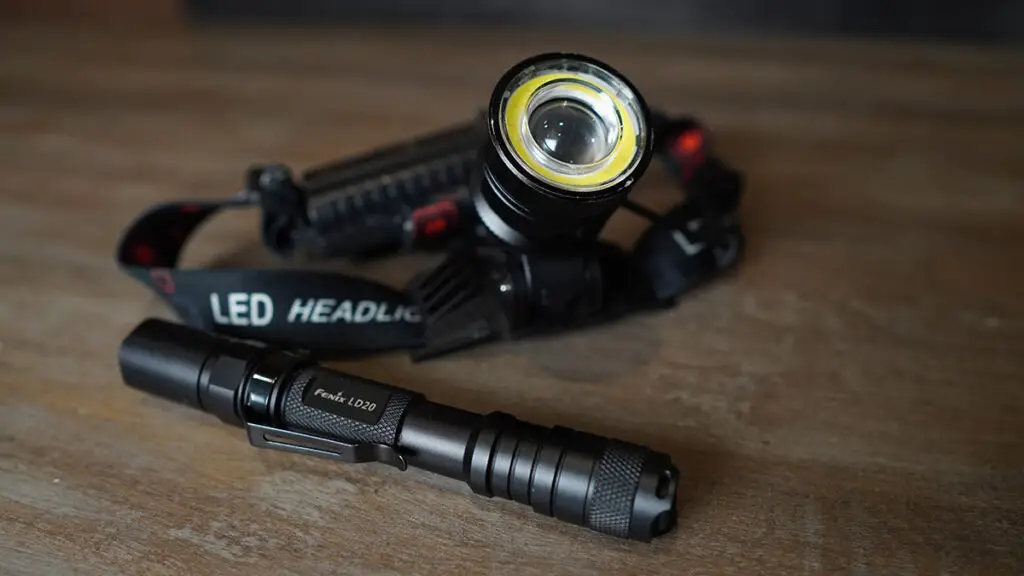
A good headlamp, flashlight, or any sort of device that provides light is going to be important to have. Whatever you’re using, make sure you have extra batteries with you so that you’re prepared for anything.
A headlamp is going to be your best option for when you are in a survival situation as it allows you to keep your hands free, and it will always be pointed toward the area you are looking. I use this exact headlamp (available on Amazon) because it’s incredibly bright, I can focus it on something specific, or leave it wide. I also like the setting where it’s not as bright but lights up basically everything in my field of view. That’s not as harsh on other people around me, but gives me a lot more visibility.
If you don’t want to have to worry about a light that depends on batteries, you can find plenty of different options that come with hand crank charging, meaning you can get light at any time and save on a bit of weight when traveling.
4. A Fire Starter
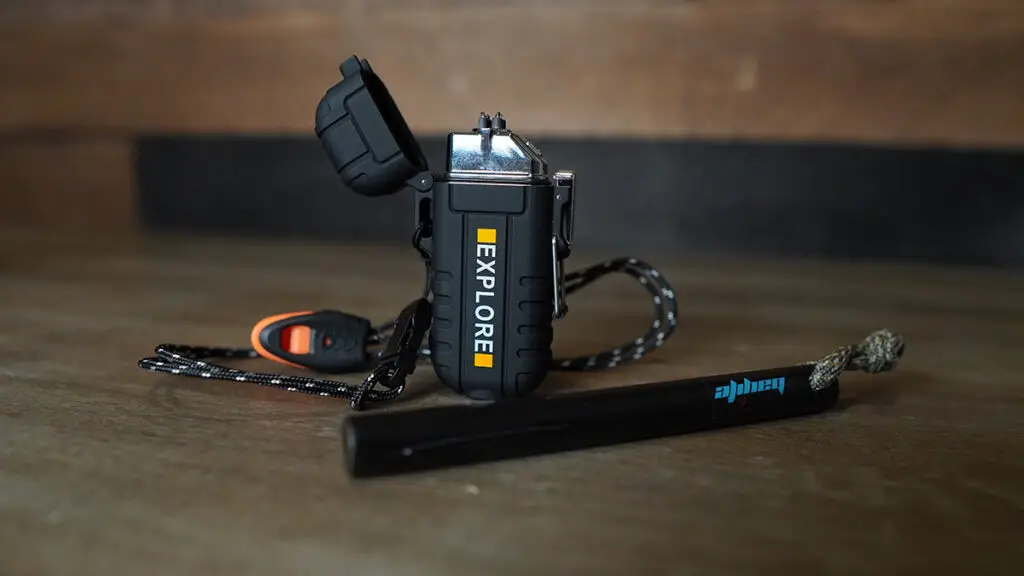
There are plenty of different options for good fire-starters, however, the three most common options are matches, a lighter, and old-school flint and steel. Matches and lighters are recommended for those who haven’t had a lot of survival experience, however, flint and steel is best for longevity and real preparedness.
Matches and lighters can easily stop working when they get wet. But flint and steel work wet or dry. I prefer to use a long flint with the straight back edge of a knife to get the best spark rather than one of those tiny flints that come in a pack with a flimsy steel striker.
That said, I just got one of these electric arc lighters and it’s pretty awesome!
Fire is one of the most important tools you can have, from giving you the ability to make signal fires, to cooking food, purifying water, providing heat, and even giving yourself a limited ability to close wounds. Fire is your best friend in just about any survival situation. So when preparing for these situations, make sure you have at least two options for methods to start a fire, just in case one doesn’t work.
5. Water Purification System
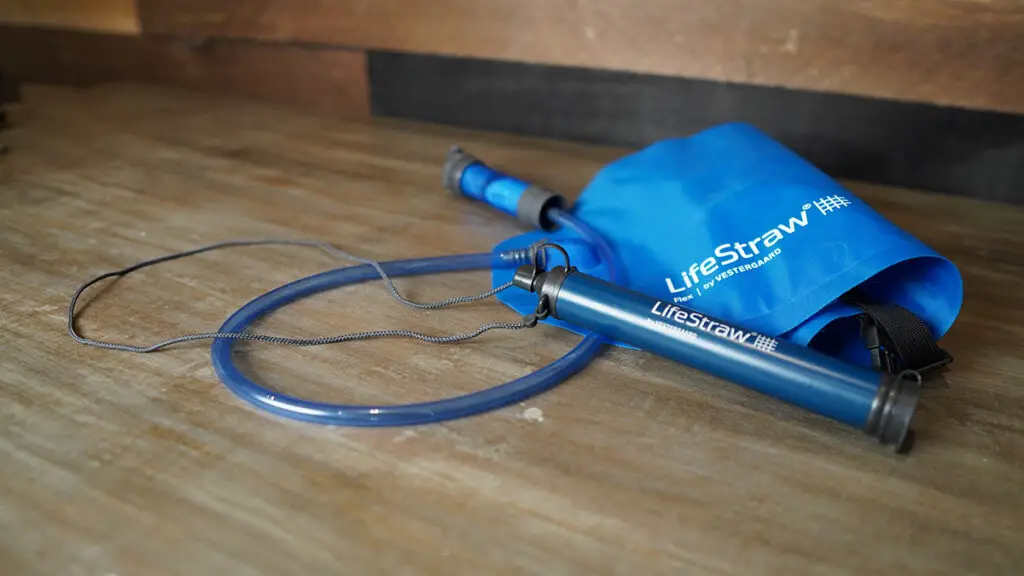
When it comes to surviving in the wilderness, there is a commonly referred to rule called the Rule of 3’s that helps order the priorities in a survival situation. This rule states:
- You can survive for 3 Minutes without air (oxygen) or in icy water
- You can survive for 3 Hours without shelter in a harsh environment (unless in icy water)
- You can survive for 3 Days without water (if sheltered from a harsh environment)
- You can survive for 3 Weeks without food (if you have water and shelter)
So from this, you can tell that shelter and water are the most important factors when trying to survive. I will talk about shelters more later, but water is an extremely vital resource that you have to be able to find. Hopefully, you have a few liters of water with you in order to give you time to find more, but a tool that is crucial for survival is a purification kit.
A water purification kit will let you take the water source that you find, and clean it in order to avoid drinking any bacteria along with the water. Keep some water purification tablets with your purification system in case your system stops working.
For individual emergency kits, I really like the LifeStraw personal filters (affiliate link to Amazon). I keep these in our vehicles and emergency kits. My 7 and 9-year-old daughters tried these out in a creek by where we were sledding recently and had no trouble sucking up water through them. They actually got a kick out of it!
I also have this 1-Gallon Lifestraw gravity filter and it worked great for my recent campout.
6. High-Calorie Emergency Food
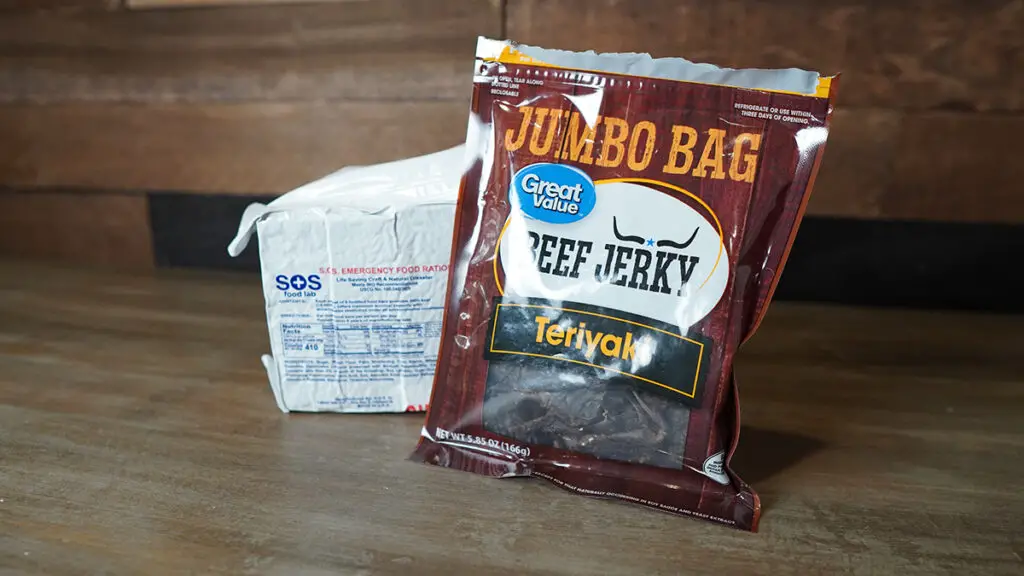
Most healthy adults can last 3 weeks without food. But, those three weeks aren’t going to be very fun, so make sure that if you are in a survival situation you have some food. The higher the calorie count that the food has, the better because it will give you more energy. Freeze-dried food is a great option because it doesn’t require much prep, if any.
Besides freeze-dried food canned and preserved food lasts a long time before expiring. Some good ideas for foods to have include trail mixes, jerky, freeze-dried meals, and dry goods, like dried beans or rice.
7. Metal Water Bottle or Cup
Of course, it’s important to keep a water bottle when you’re outdoors and it’s best if your water bottle is metal, preferably aluminum. That way you can place it over the fire in order to boil water and cook food if you need to.
It’s always comforting to know that I have an additional option for purifying water by boiling the bacteria out if I’m in a bind. And along with removing bacteria, the metal water bottle will let you heat food.
8. Map & Compass
Another important tool to have is a map and compass. If you don’t know how to read a map or use a compass, now is the perfect time to learn how. It really might save your life someday. I’m not against using a GPS, but as a backup, it’s good to have a map and compass because they’re more reliable than most GPSs as they don’t require a battery or satellites.
“Know how to use a map and compass. Review the map and your location before setting out. Have your map properly folded, so your location is easily referenced, and store it in a waterproof case. There are no substitutions for a printed map.”
Harding Bush, former Navy SEAL and security operations manager at Global Rescue
I highly recommend keeping a topographical map of any area you plan to stay in during an emergency. And if you have to travel to get there, I recommend getting a road atlas for any areas you may need to drive through, in case GPS isn’t an option.
Most importantly, know how to use them!
9. Communication Device (Radio)
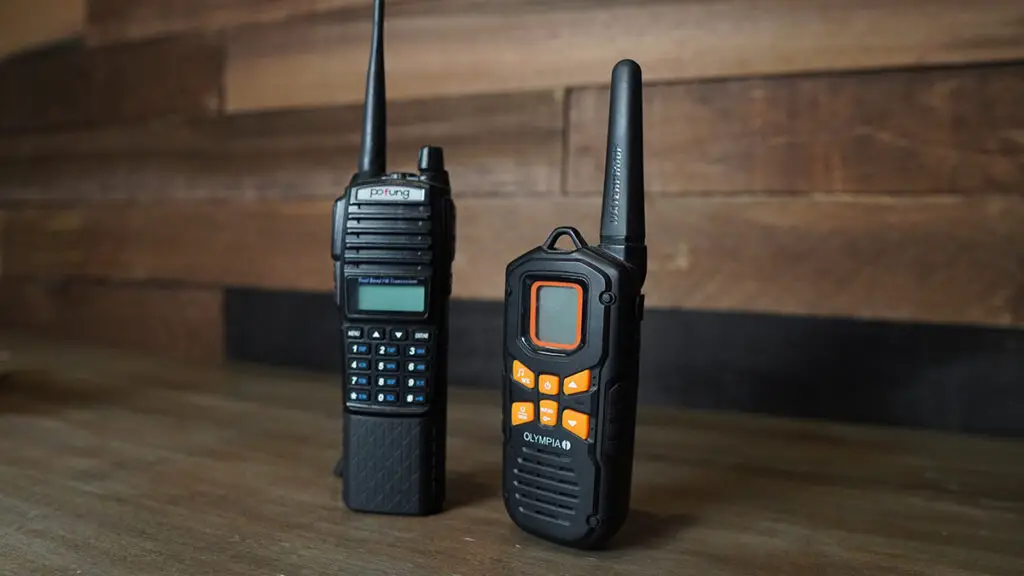
Along with being able to travel in the correct direction and orient yourself, it will be important to be able to get in contact with someone. While phones are able to call from more and more areas, there are still spots in the wilderness where there is no signal, so having a radio is key. And you never know if your phone might die or simply turn off from extremely hot or cold weather, which has happened to me before!
If you are hiking you want to have a small radio, but to prepare for emergency situations you might consider learning to use an upgraded ham radio setup. I also found a cool article from Geek Prepper that explains how to use a handheld ham radio and satellites for long-distance communication.
This is the handheld ham radio that I have (affiliate link to Amazon). It’s really popular because it’s inexpensive compared to comparable radios from other brands but it’s a solid radio. I also bought this extended battery to go with it to give me more battery life with each charge.
Along with having a radio, it’s also good to have a whistle in order to alert people of your location. If you’re in trouble a whistle can travel further than your voice to find other hikers or other help. With the whistle, it’s helpful to know SOS in Morse code, which is a simple “••• — — — •••” pattern.
10. Paracord
Rope is just as important as something like a knife or a first aid kit. I know you might not be convinced that a paracord is that important but once you start learning of all the uses, you’ll never want to be in a survival situation without some. It can be used to help you climb something steep, hang clothes, tie-down shelter, trap triggers, create a bow drill for fire, snares for trapping, weave a gill net, hang a bear bag, or take it apart for the smaller strings inside the outer covering to use as fishing line, and so much more.
It’s worth having a spool on hand. I like having some that blends in with nature and some that really stands out, like bright orange. That’s particularly helpful for tie-downs that are likely to trip people if they can’t see them. This stuff on Amazon is really heavy-duty, but it’s easy to find spools at various strengths. I like keeping some lighter paracord around too.
Paracord is one of the best options for rope to bring with you as it is lightweight, but still extremely strong. There are some paracord ropes that are capable of holding up to 700 pounds, meaning that they will likely be able to support your weight if you have to repel yourself down a cliff or steep drop in an emergency.
In a case like that, I’d still recommend doubling it up. Ratings for rope are for force, not weight, so if you bounce on the rope, your downward force can be substantially greater than your weight.
11. Shelter & Sleeping Bag
Going back to the Rule of 3, the second most important priority is to find some sort of shelter within the first 3 hours if you’re in a harsh condition. Even if it isn’t that harsh of a condition, you should have some sort of shelter to protect yourself from the elements. This can either be a tent, a tarp draped over trees, or even some type of makeshift shelter, but getting out of the elements is vital.
I own several tents for various-sized groups of people. My family is big so a big tent is a must. But I have a couple of smaller ones too. You can spend a lot or a little. Unless you’re expecting 4-seasons conditions, you can save some money here if you want to, but I’ve also found that you kind of get what you pay for. Some tents are a lot more durable and hold in heat better than their cheaper alternatives.
Along with shelter you need to be able to keep yourself warm at night when you are sleeping. Having a sleeping bag is going to be a great first step in order to do this. However, after you have your sleeping bag, you are also going to want to elevate yourself off the ground in some way. The ground is often cold at night and will drain the heat from your body, leaving you with less heat and in more danger of getting sick, which is one of the last things you want in a survival situation.
If you’re a backpacker, you’ll definitely want a small, light sleeping bag. But those get pricey, especially if you want them to be able to handle the cold. I have this bag from Teton Sports that’s big, comfortable, and rated for 0°F for under $100 (affiliate link to Amazon).
12. Solar Power Battery
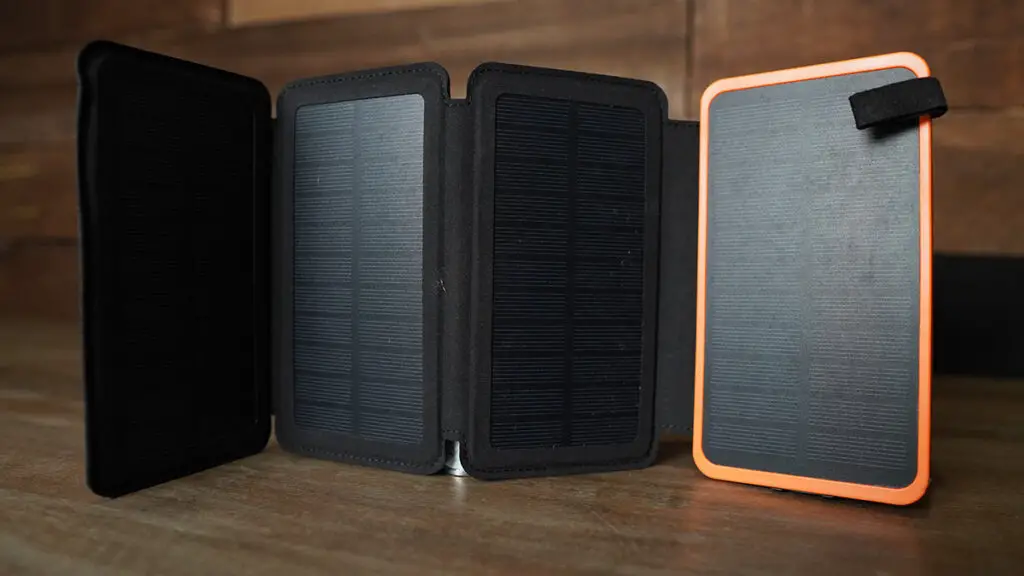
One more thing to have on hand in a survival situation is a solar-powered battery. This will provide a natural way to recharge any of the devices that you might have that require a charge, meaning if you are lost in the woods, and your phone is dead, you can eventually recharge your phone and potentially call for help.
I use this one. I like that it folds out so it has 4x the solar panel surface of other solar-powered batteries. It also has an LED panel to use as a flashlight that’s pretty bright. You can never have too many flashlights. Here’s this solar charger on Amazon.
This also means that your phone can be a survival tool as it has a flashlight and compass in it, with the solar power battery helping keep you and your phone alive. With all of the different uses that your phone has, it can easily become one of your most important survival tools, so long as it has a charge.
Speaking of phones, it’s easy to assume that a smartphone is only really useful if the cell network is up. But even if the network goes down, a phone can be far more than a compass and flashlight. The Survival Manual app is full of amazing information, like a whole library of survival books, and it’s all downloaded onto your phone so you have access even with no cell network.
It’s free for iPhone and Android.
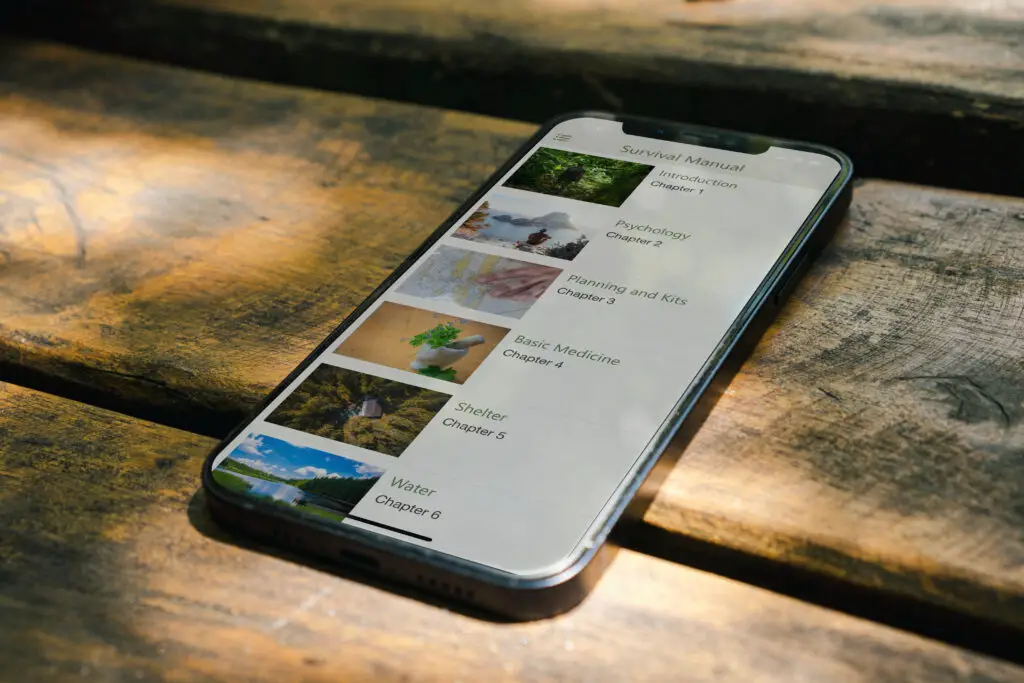
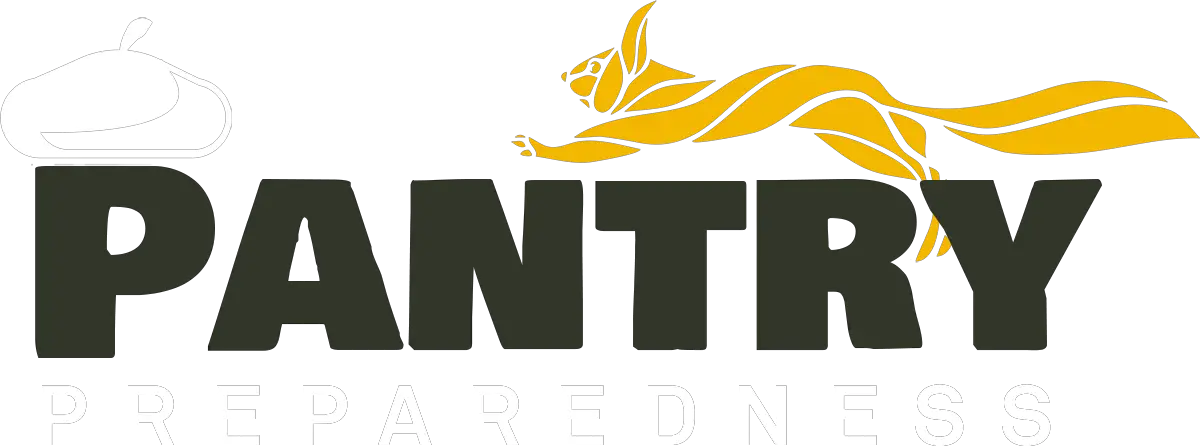
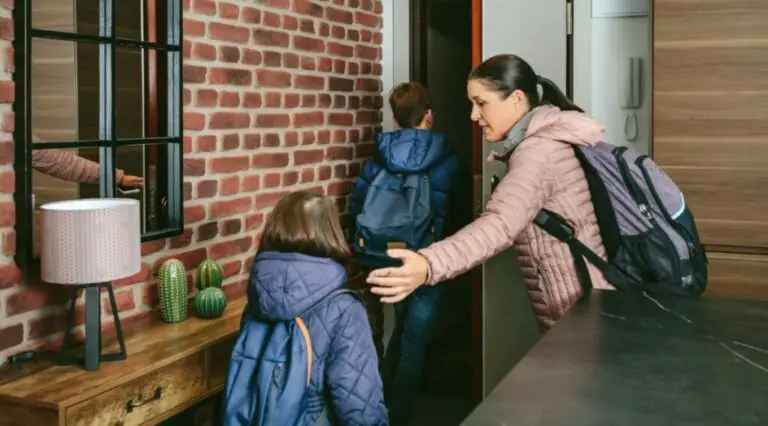
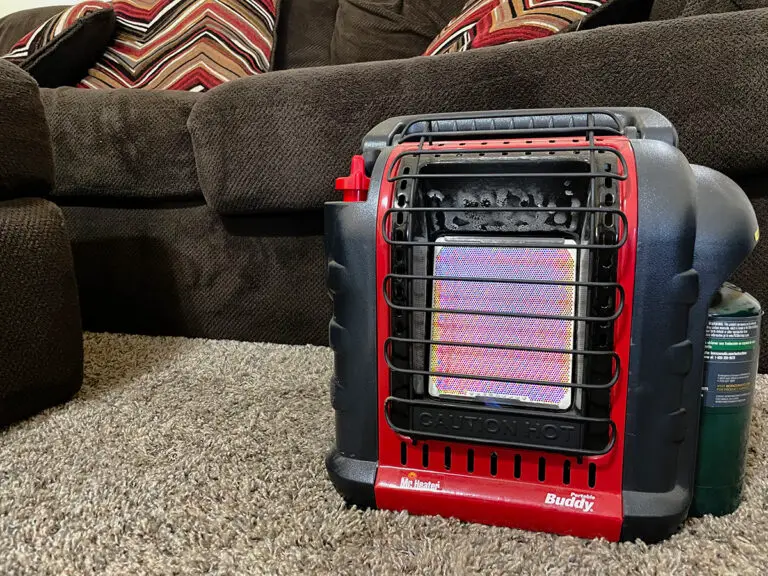
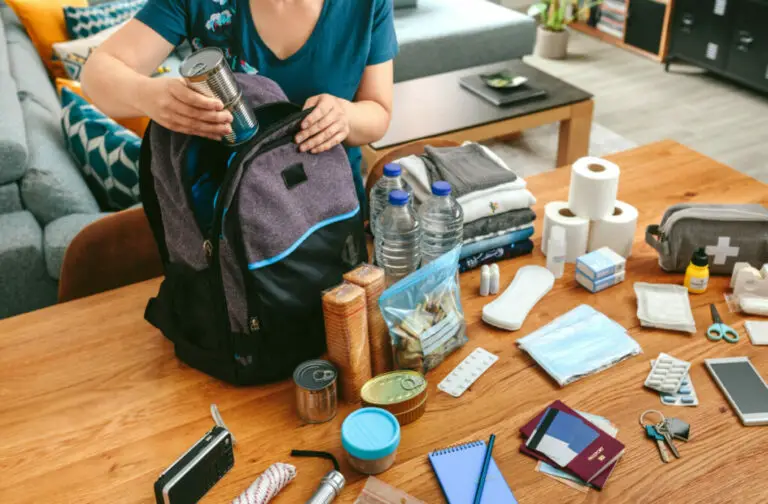
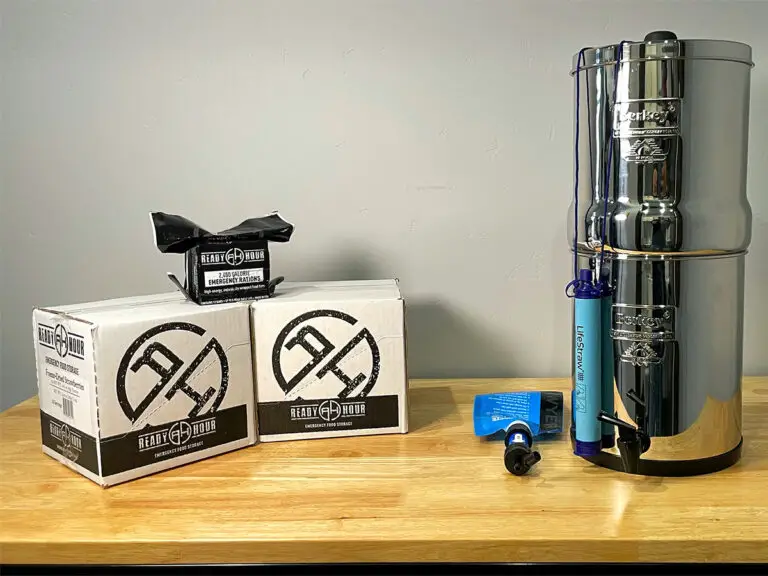
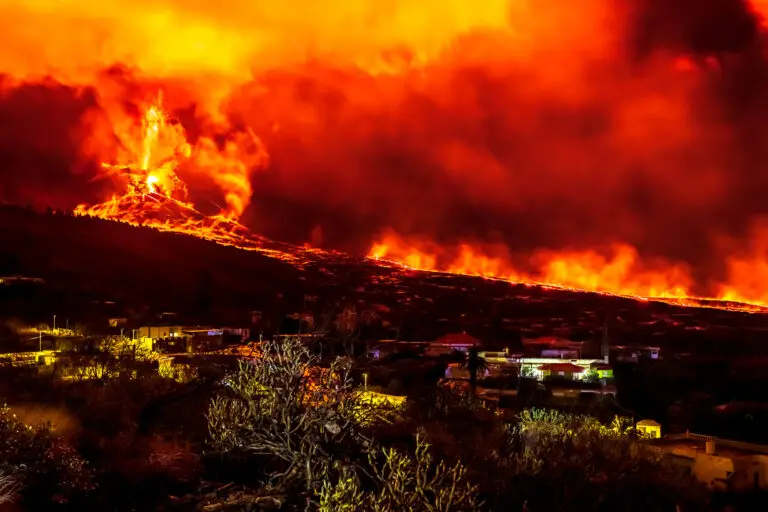
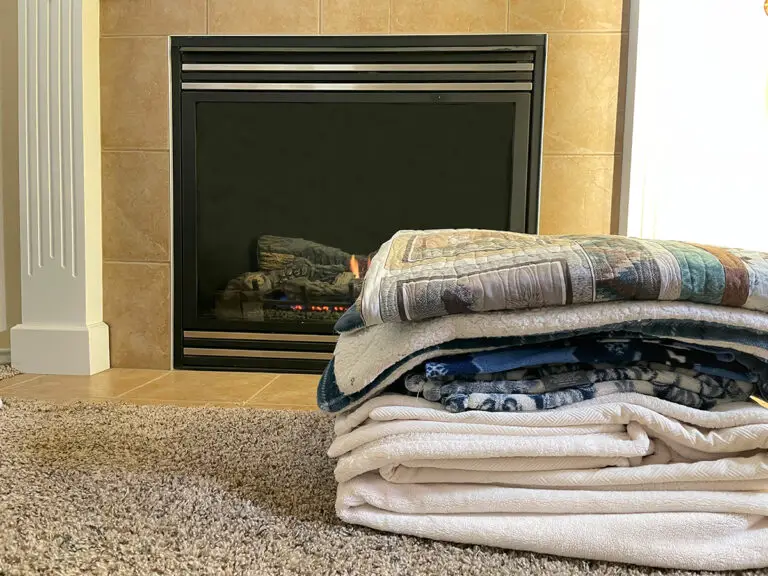
That’s a decent starting point list.